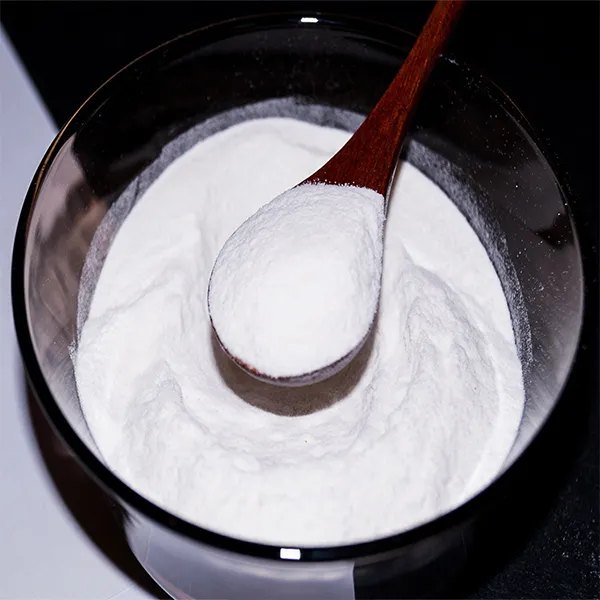The Versatility of Ceramic Adhesives Applications and Benefits
Ceramic adhesives play a crucial role in the modern materials landscape, combining the properties of ceramics with the strength and versatility of adhesives. These innovative bonding solutions are vital across various industries, owing to their unique characteristics that allow them to perform exceptionally well in demanding applications. In this article, we will explore the properties, applications, and benefits of ceramic adhesives.
Properties of Ceramic Adhesives
Ceramic adhesives are designed to create robust bonds between ceramic materials or between ceramics and other substrates like metals, plastics, and glass. One of the primary advantages of these adhesives is their ability to withstand high temperatures, making them ideal for applications in harsh environments. Many ceramic adhesives can endure temperatures exceeding 1,000 degrees Celsius, which is paramount in industries such as aerospace, automotive, and manufacturing.
Another notable property is their chemical resistance. Ceramic adhesives can withstand exposure to various chemicals, including acids, solvents, and bases, making them suitable for environments where chemical exposure is a concern. Additionally, these adhesives are often resistant to moisture and humidity, providing durability in various weather conditions.
Applications of Ceramic Adhesives
The applications of ceramic adhesives are numerous and span multiple industries. In the aerospace and automotive sectors, these adhesives are utilized in manufacturing components that require high strength and durability. They are often used to bond engine components, exhaust systems, and other critical parts that encounter extreme conditions.
In the electronics industry, ceramic adhesives are employed for bonding substrates in circuit boards. Their thermal resistance ensures that connections remain stable even under high temperatures generated by electronic components. Moreover, these adhesives find use in the production of sensors and other electronic devices where reliability is paramount.
The construction industry also benefits from ceramic adhesives, particularly for bonding tiles and ceramics to surfaces in residential and commercial buildings. Their ability to provide a strong bond while being resistant to water and moisture has made them a popular choice for flooring, walls, and even outdoor applications.
ceramic adhesives

Furthermore, ceramic adhesives play a significant role in the medical field
. They are used in dental applications for bonding ceramic and porcelain crowns and in various prosthetics, where the strength and durability of the bond are crucial for patient safety and comfort.Benefits of Using Ceramic Adhesives
One of the most compelling benefits of ceramic adhesives is their strength. They provide a robust bond that contributes to the structural integrity of the assemblies in which they are used. This strength not only enhances the durability of the components but also extends the lifespan of the products.
Cost-effectiveness is another advantage. While the initial purchase price of ceramic adhesives may be higher than traditional adhesives, their long-term performance and durability often lead to lower repair and replacement costs. This economic benefit is particularly important in industries where equipment downtime can result in significant financial losses.
Additionally, the versatility of ceramic adhesives means they can be used in various applications, reducing the need for multiple types of adhesives. This streamlining can improve efficiency in manufacturing and construction processes.
The environmental impact of ceramic adhesives is also worth noting. Many modern formulations are designed to be lower in volatile organic compounds (VOCs), contributing to a safer workplace and a lower environmental footprint.
Conclusion
Ceramic adhesives represent a vital technological advancement in the field of bonding materials. With their exceptional thermal and chemical resistance, along with their strength and durability, these adhesives have found applications in industries ranging from aerospace and electronics to construction and healthcare. As we continue to innovate and push the limits of material science, the role of ceramic adhesives will undoubtedly expand, providing even more solutions to meet the demands of various sectors. By harnessing the unique properties of ceramic materials, we can create stronger, more reliable products that stand the test of time.
-
Rdp Powder: Key Considerations for Wholesalers in the Building Materials IndustryNewsJul.08,2025
-
Key Considerations for Wholesalers: Navigating the World of Hpmc - Based ProductsNewsJul.08,2025
-
Hpmc Detergent: Key Considerations for WholesalersNewsJul.08,2025
-
Key Considerations for Wholesalers: China Hpmc For Tile Adhesive, Coating Additives, Concrete Additives, and MoreNewsJul.08,2025
-
Crucial Considerations for Wholesalers: Navigating the World of Construction MaterialsNewsJul.08,2025
-
Key Considerations for Wholesalers Sourcing Additive For Cement, Additive For Concrete, Additive For Putty from Additive Manufacturer Shijiazhuang Gaocheng District Yongfeng Cellulose Co., Ltd.NewsJul.08,2025




